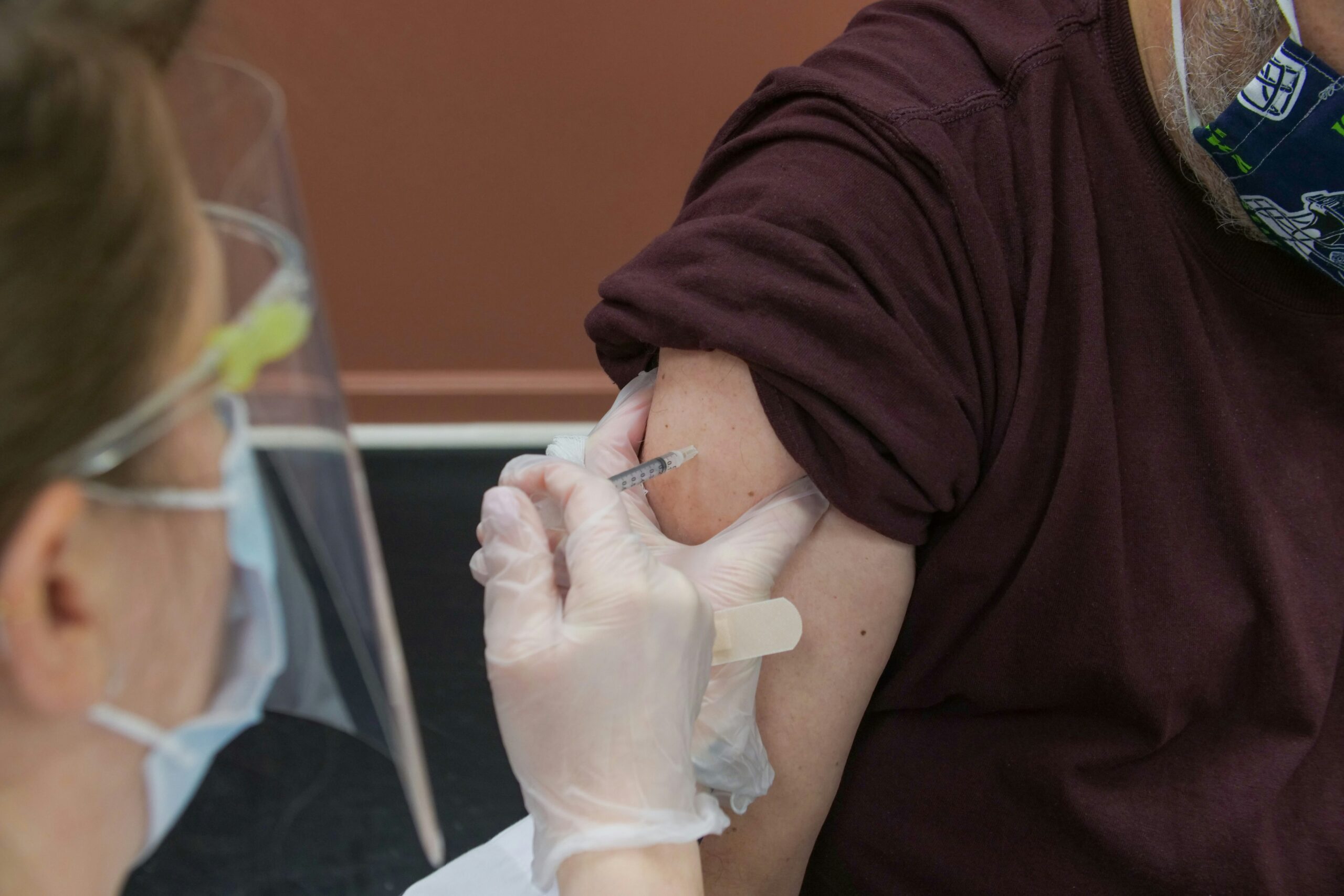Substance use disorder is often linked to co-occurring trauma. “Studies of drug addicts repeatedly find extraordinarily high percentages of childhood trauma of various sorts, including physical, sexual, and emotional abuse,” writes Canadian physician Gabor Maté in his seminal addiction study In the Realm of Hungry Ghosts. In the 1990s, the Adverse Childhood Experiences (ACE) research study found that traumatic childhood experiences are common: 28 percent of study participants reported physical abuse and 21 percent reported sexual abuse. Many also reported experiencing a parental divorce or having a parent with a substance use disorder. Severe trauma can induce post-traumatic stress disorder (PTSD), especially in people who experience interpersonal trauma such as rape or child abuse. Some individuals with PTSD turn to drugs or alcohol as a way to numb their pain and in the hope of gaining some measure of control in their lives. Dual diagnoses are common in addiction treatment, and any existing trauma needs to be addressed during treatment to insure a successful recovery. One method to support the treatment of trauma is eye movement desensitization and reprocessing (EMDR). In 1987, California psychologist Francine Shapiro made the chance discovery that moving her eyes from side to side appeared to reduce the disturbance of negative thoughts and memories. After studying this phenomenon more systematically, Shapiro developed a standardized format for EMDR to maximize therapeutic outcomes. Sarah Kovach is the clinical manager at Lakeview Health. She completed her EMDR training in 2014 and has worked with a number of patients at Lakeview. “It is more than just moving the eyes,” she explains. In addition to eye movements, the therapeutic technique uses other bilateral stimulation like tapping or auditory tones to reprocess disturbing information that has not been processed in psychologically healthy ways. Normally, experiences create short-term memories that are later processed into long-term memory. Most people have trouble recalling normal events from several years ago that had no long-term impact. It is believed that Big T trauma events like battlefield atrocities or sexual assault get stuck in short memory and are relived over and over, causing intense stress. “What the eye movements of EMDR do is help move traumatic memories stuck in short term to long term memory storage,” says Kovach. Small t trauma like dealing with job loss or a divorce is sometimes treated with EMDR as well. There are eight phases. First, the therapist takes the patient’s history. In the preparation phase, the patient learns more about EMDR, and in the assessment phase the patient and therapist look at what traumatic event should be targeted. In the fourth phase, the desensitization takes place and bilateral stimulation comes into play. All of the patient’s senses become involved as she processes the disturbance she is targeting. The remaining four phases are called installation, body scan, closure and reevaluation. Numerous controlled studies show that EMDR produces more improvement than absence of treatment, in particular in alleviating the symptoms of PTSD, such as those triggered by rape and domestic violence. Besides PTSD, EMDR is also used to treat depression, anxiety, panic attacks and phobias, grief, and self-esteem issues. It can be highly effective. Sarah Kovach remembers a patient who presented with a history of sexual abuse. “The man was so traumatized that he displayed intense stress each time he spoke of the abuse,” says Kovach. “He started to shake and showed heightened anxiety, psychomotor agitation with pressured speech. After working through all eight phases of EMDR, the patient was ultimately able to visualize himself with his arm around his childhood self—almost as if he was protecting his younger self.” The therapy was transformational for him. “It was amazing to watch him go from being closed off and anxious to smiling while the tears streamed down his face. He reached out six months later to share the lasting impact of EMDR and the ongoing sobriety that he had achieved,” Kovach says.

Addiction Blog
- Addiction Articles
- Addiction Recovery
- Addiction Research
- Addiction Treatment Programs
- Aftercare & Relapse Prevention
- Alcohol Addiction
- Christian Drug Rehab
- Covid-19
- Detox
- Drug Addiction
- Dual Diagnosis
- Family Therapy & Support
- From Our CMO
- Gender-Responsiveness Treatment
- Guest Blogs
- Health and Wellness
- Holistic Treatment
- Lakeview Health
- Men’s Addiction Treatment
- Mental Health
- News
- Pain Management
- Podcasts
- Prescription Drugs
- Press Releases
- Sober Living
- Stories of Recovery
- Substance Abuse Treatment
- Teen/Young Adult
- Trauma Treatment
- Uncategorized
- Webinar
- Women’s Addiction Treatment
How EMDR Can Heal Trauma
By: Lakeview Health Staff
Published: January 11, 2017



